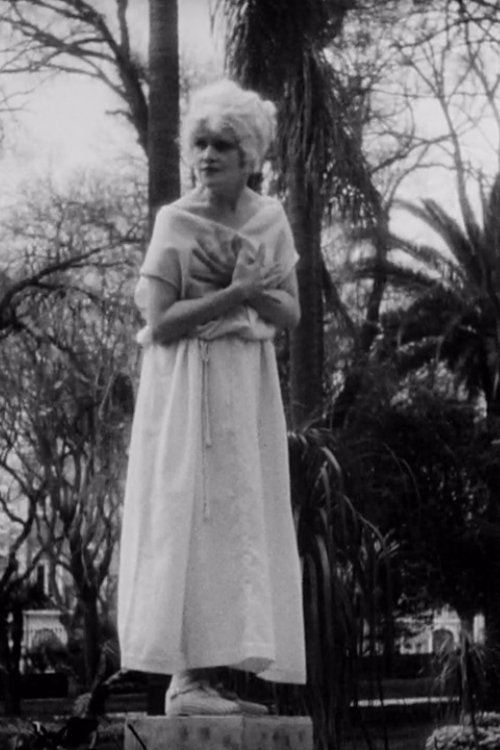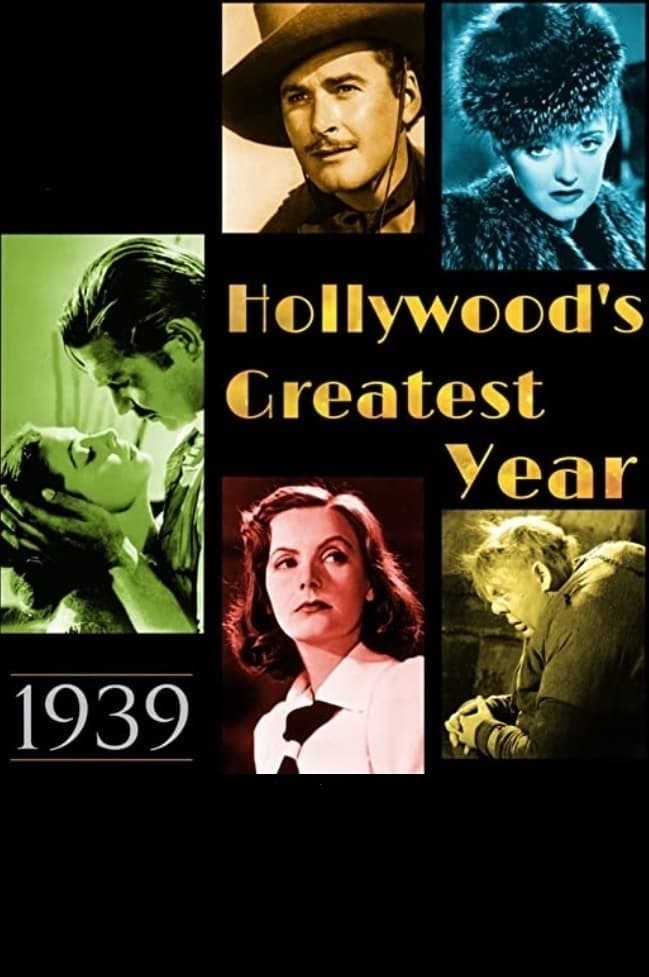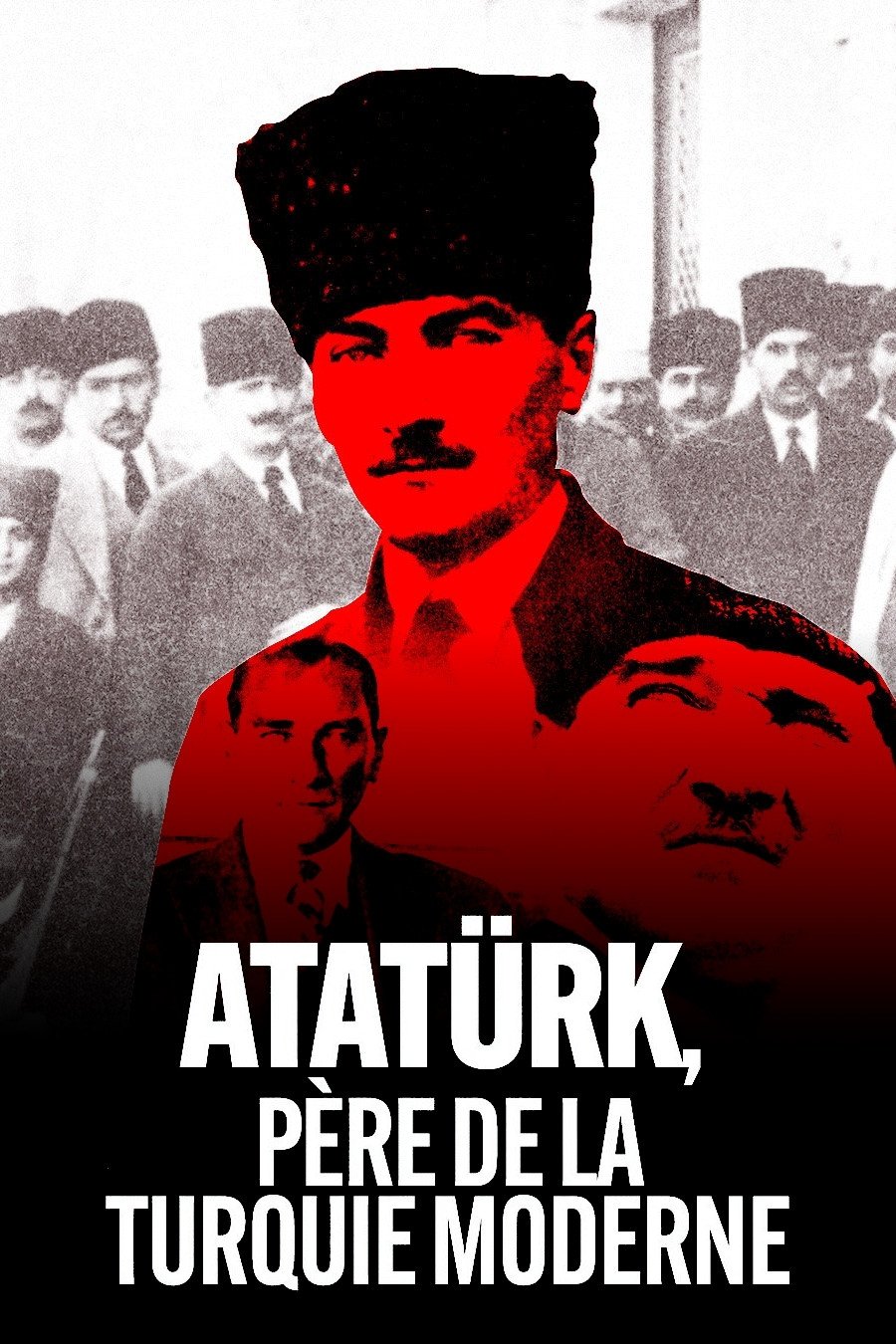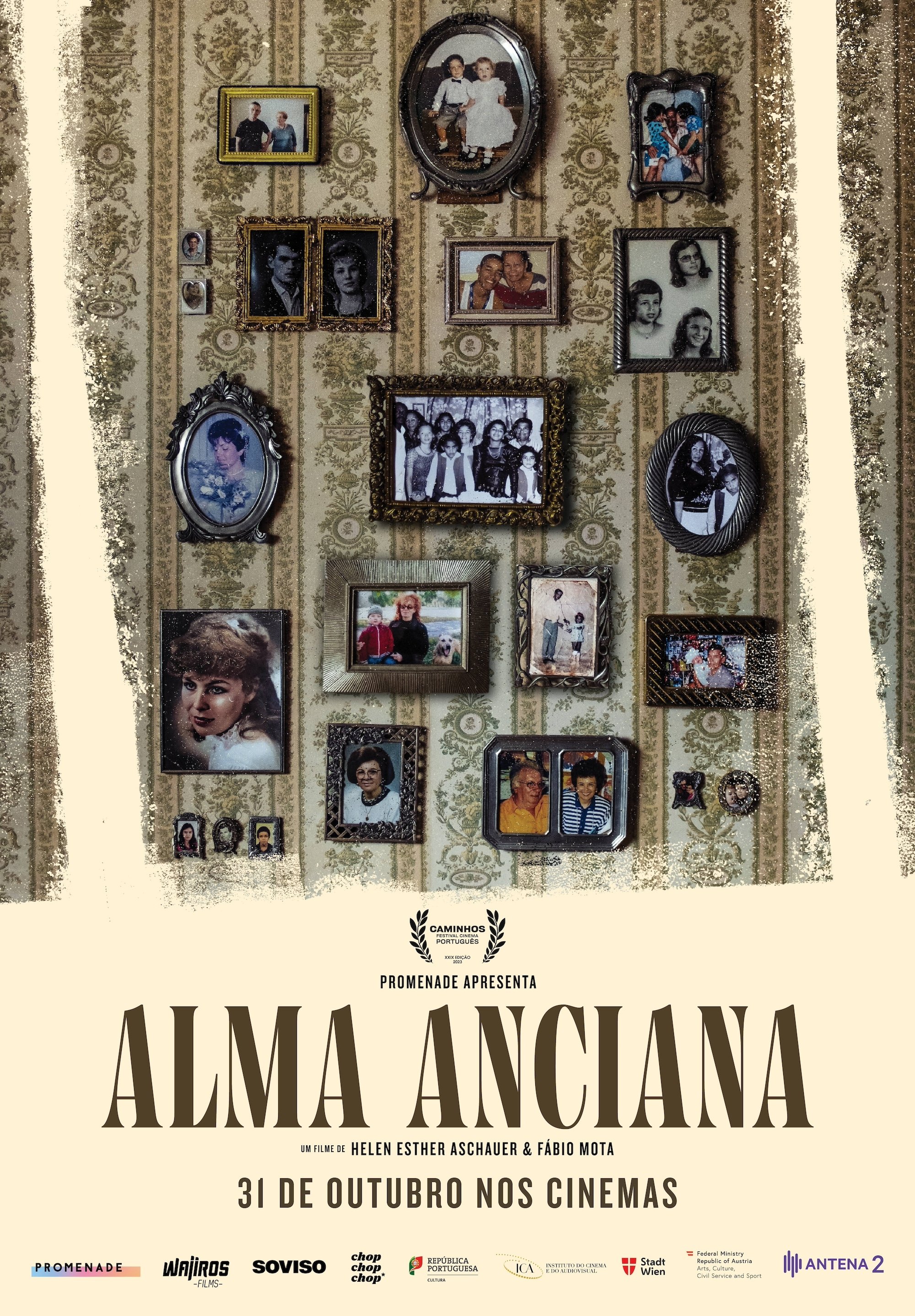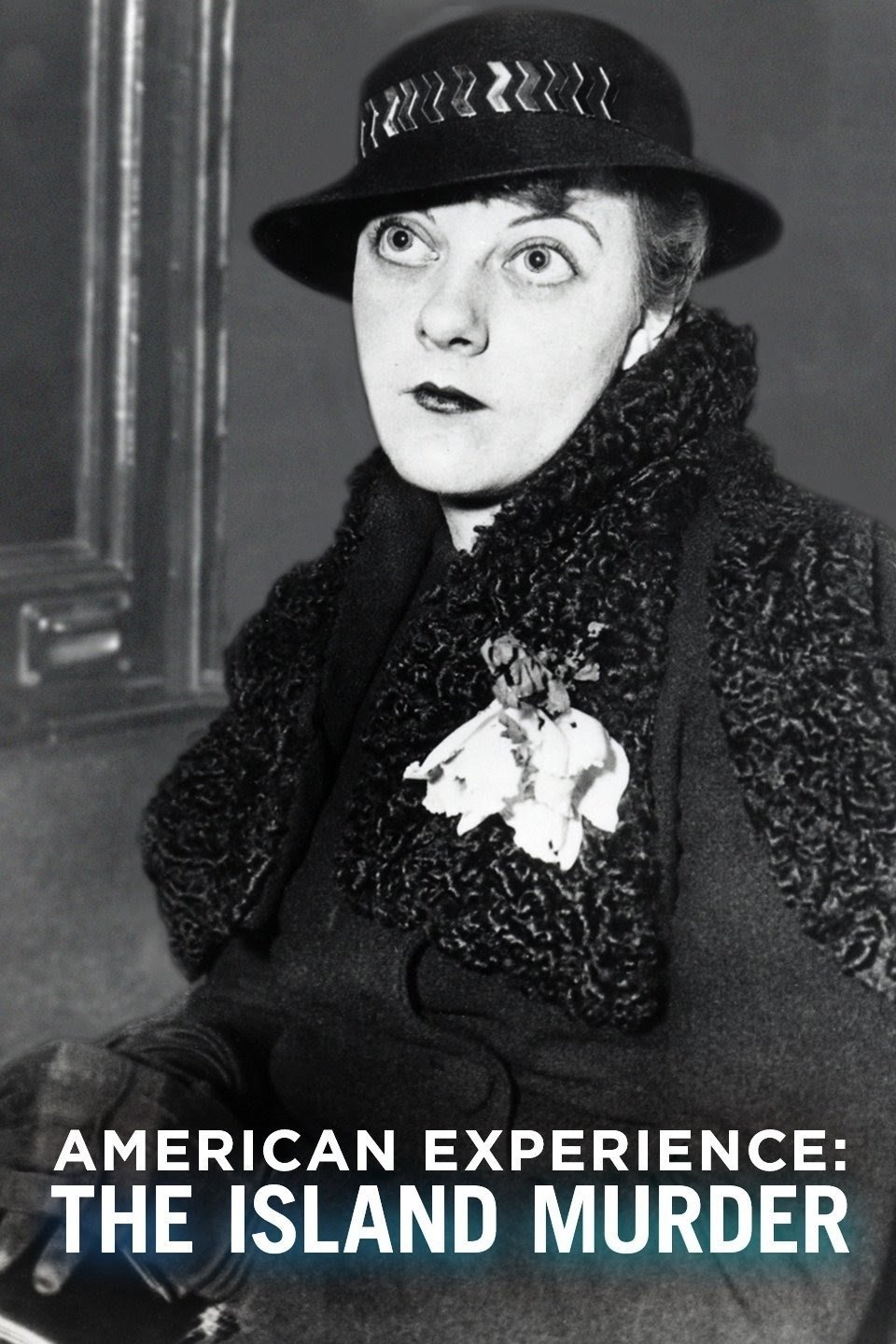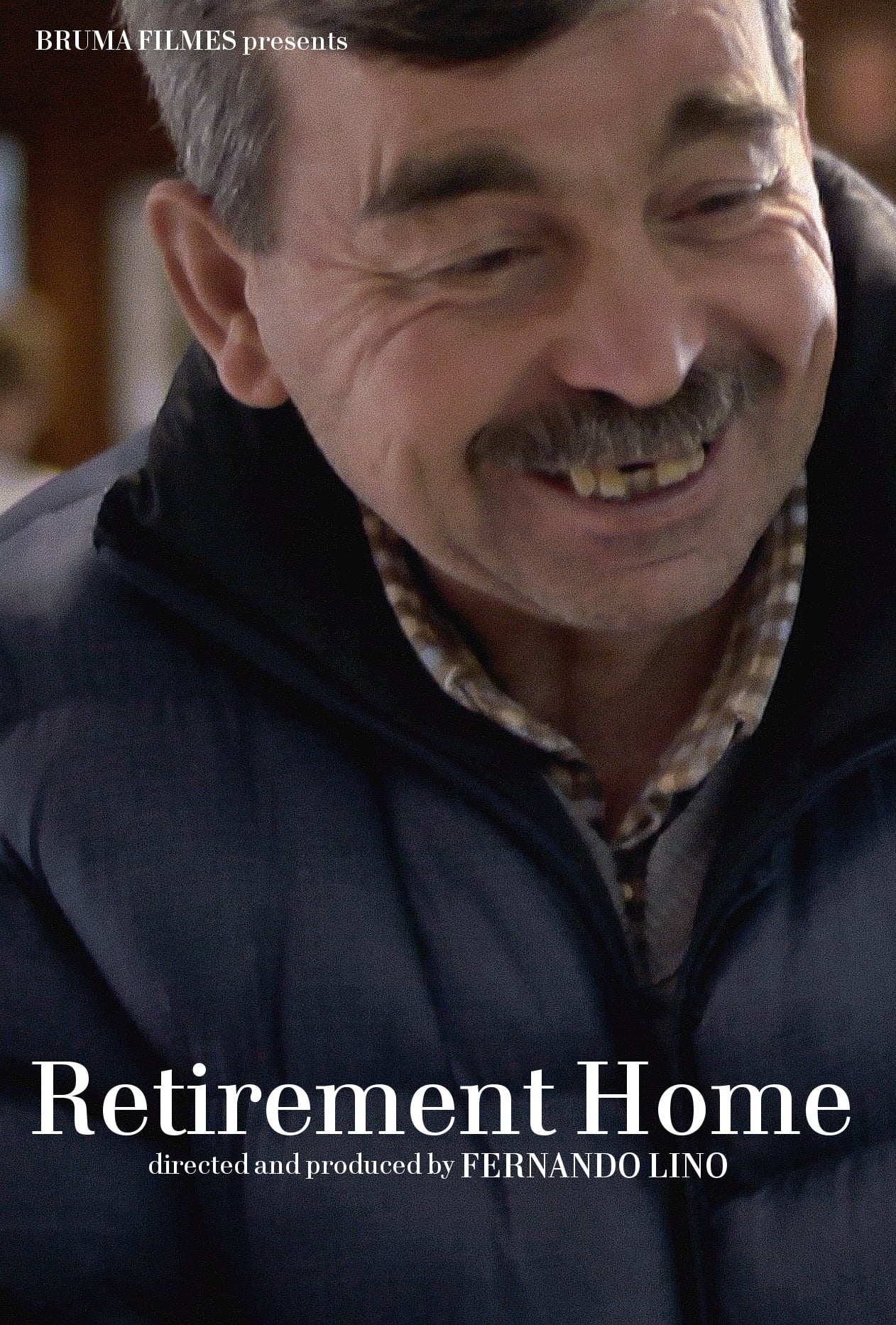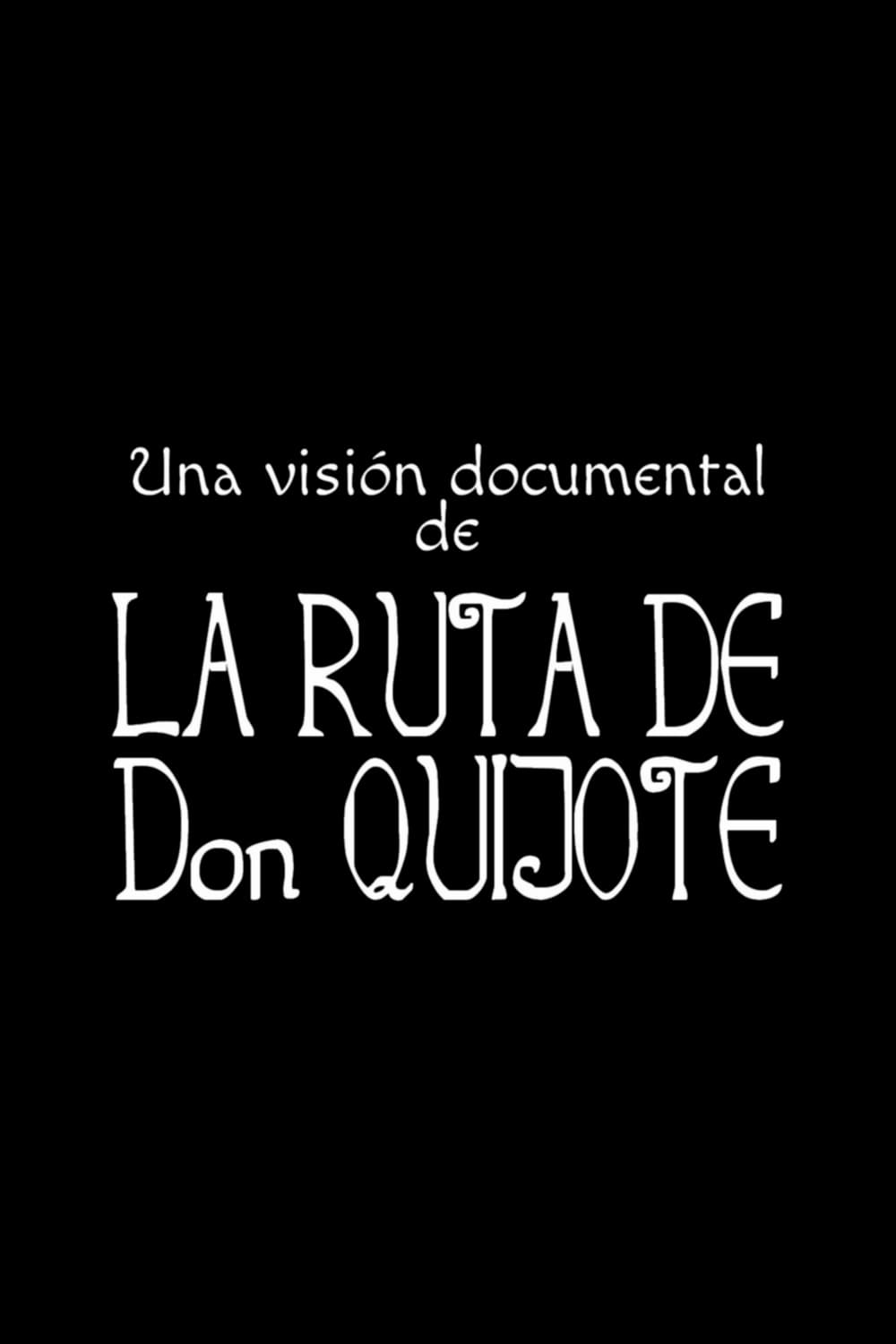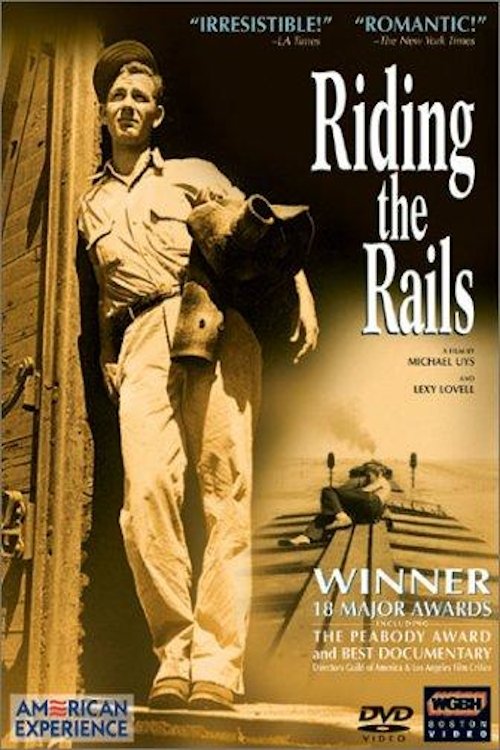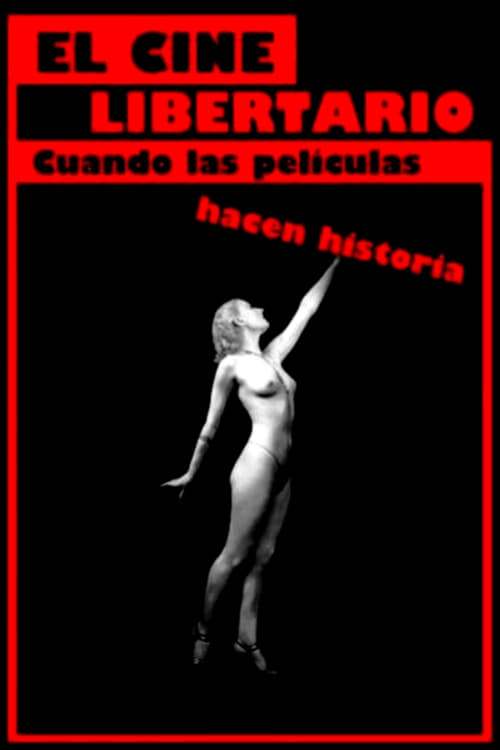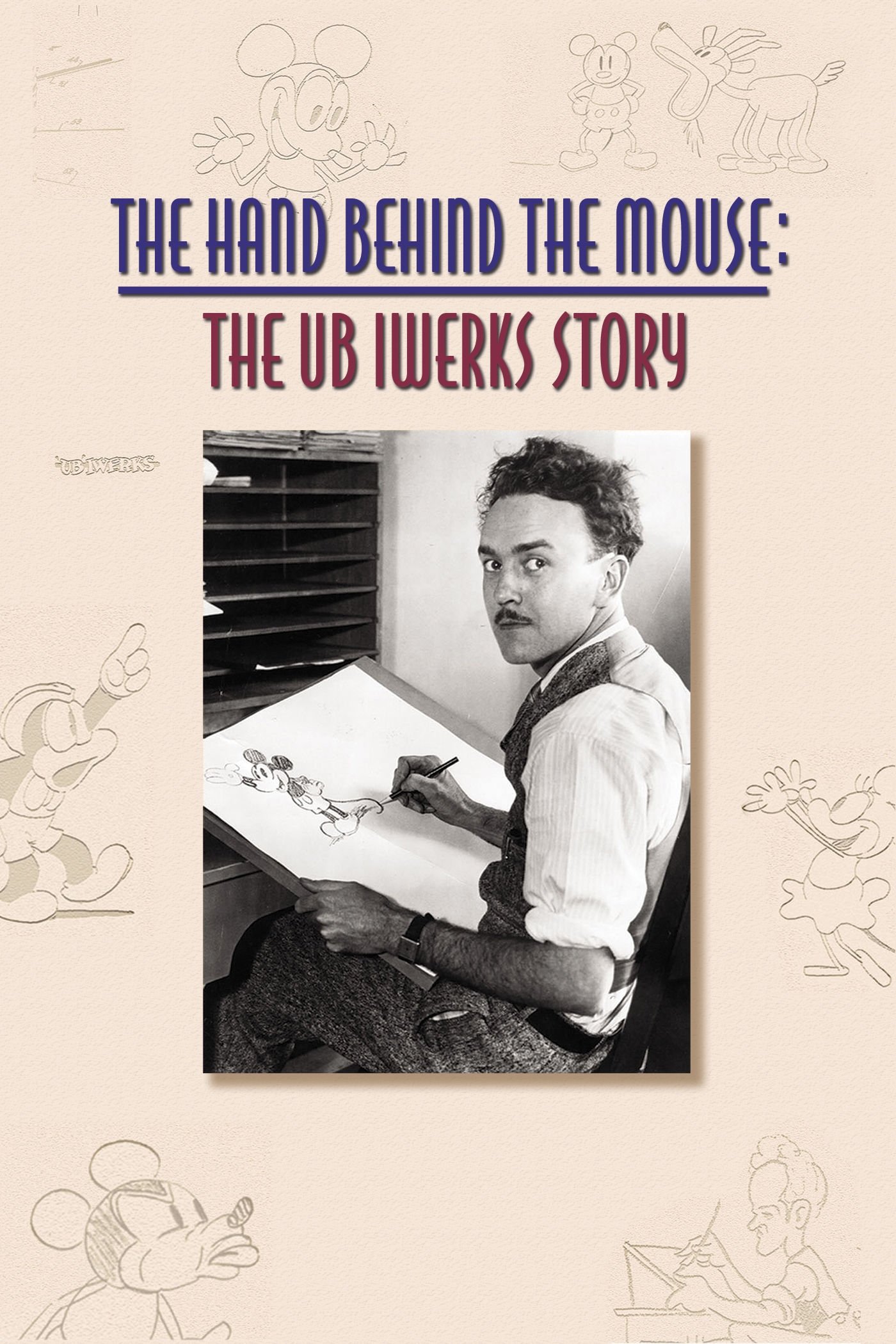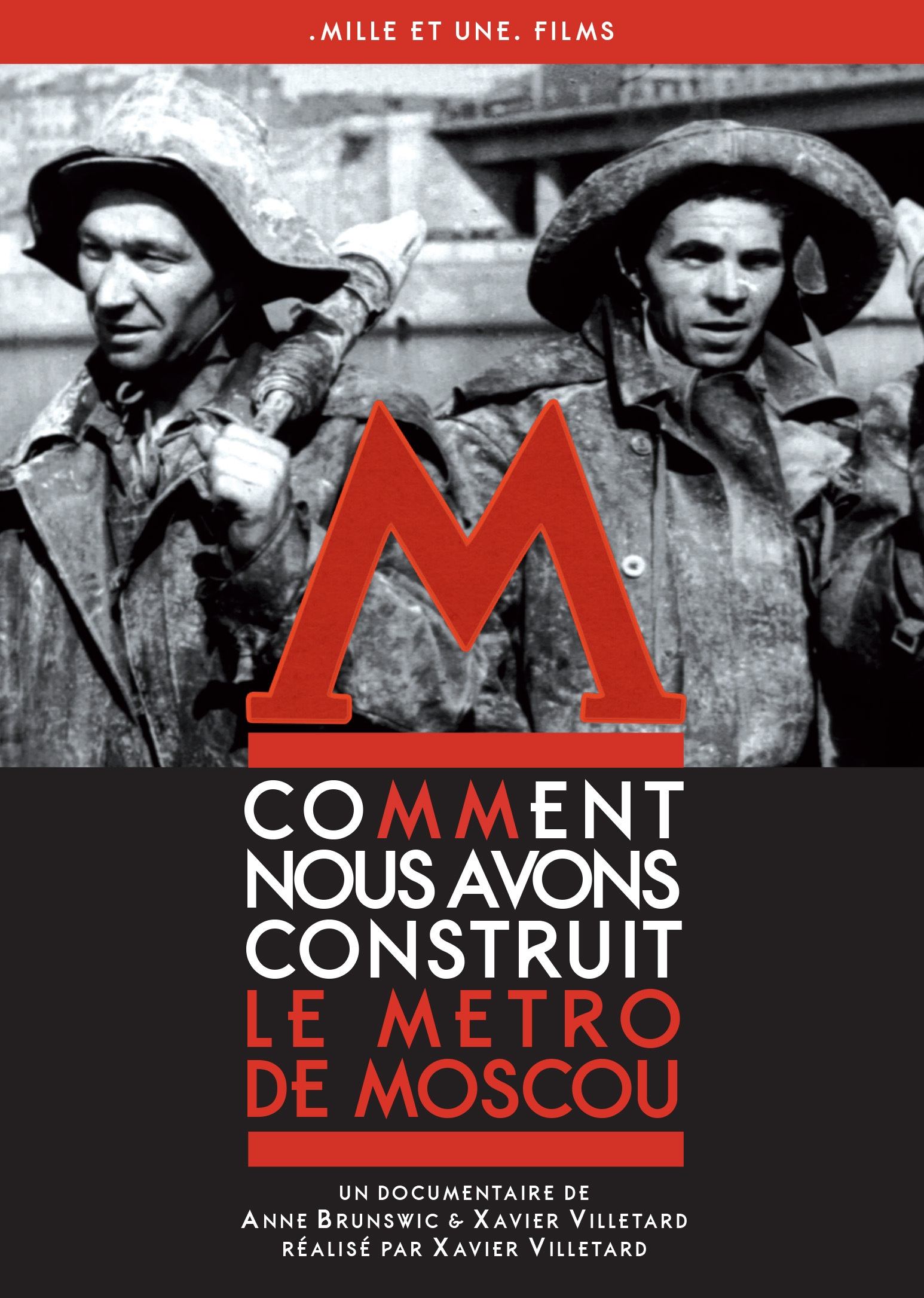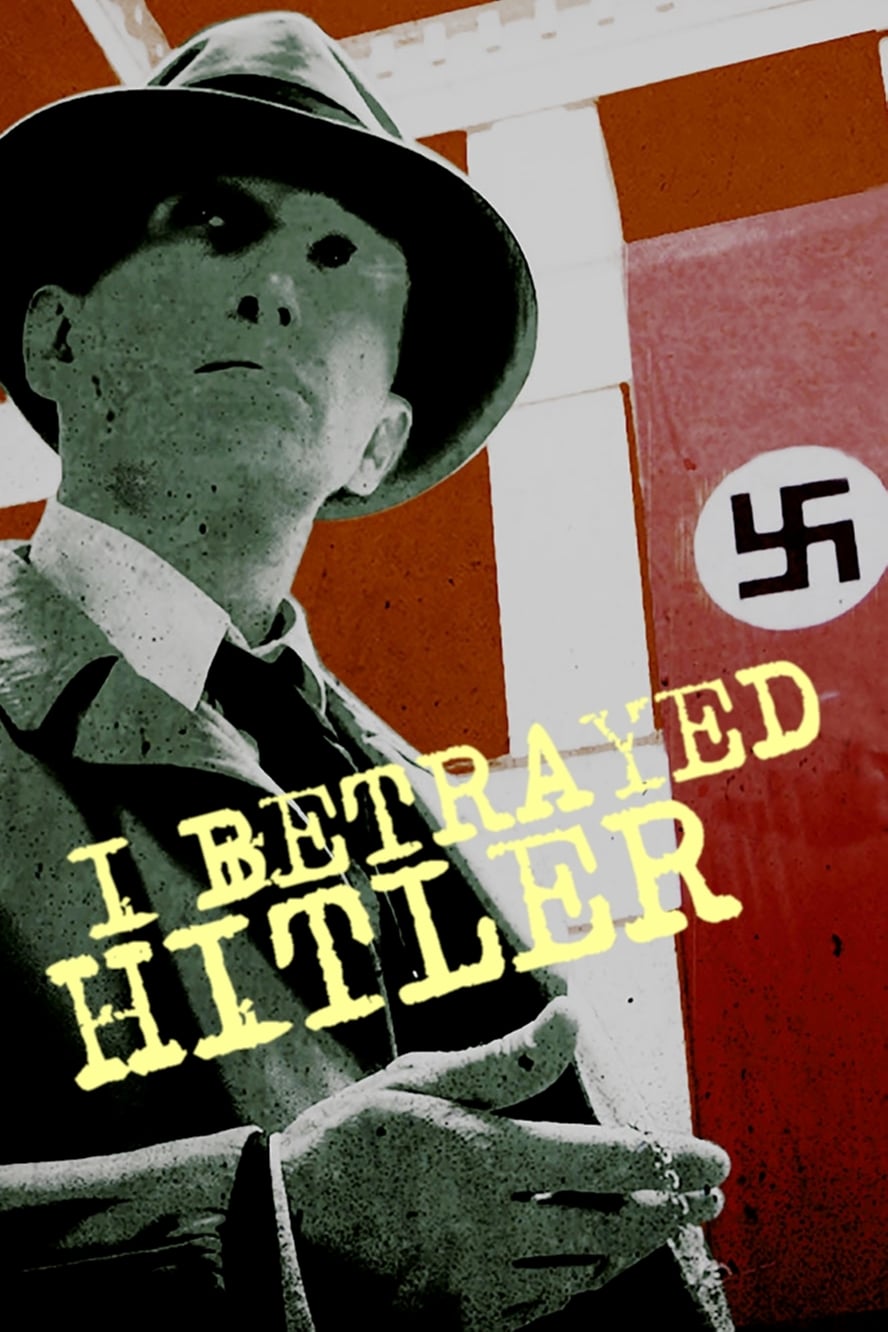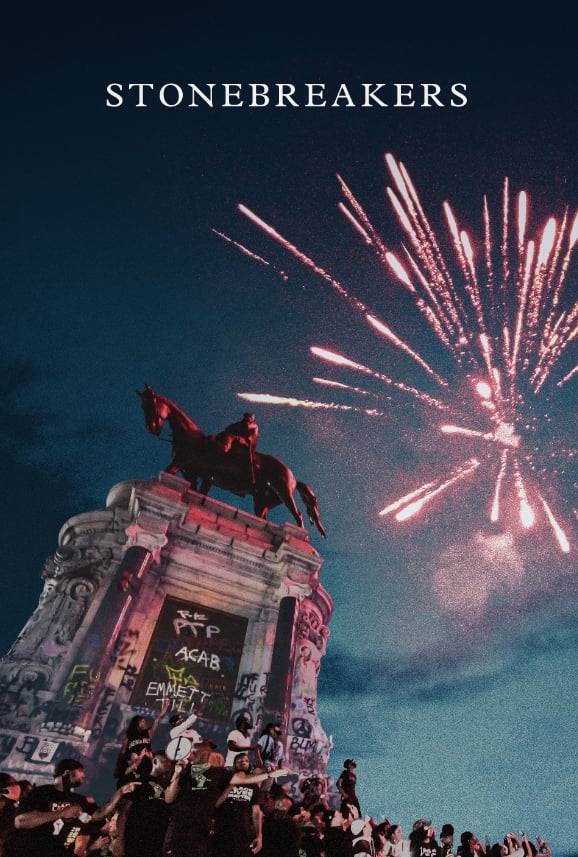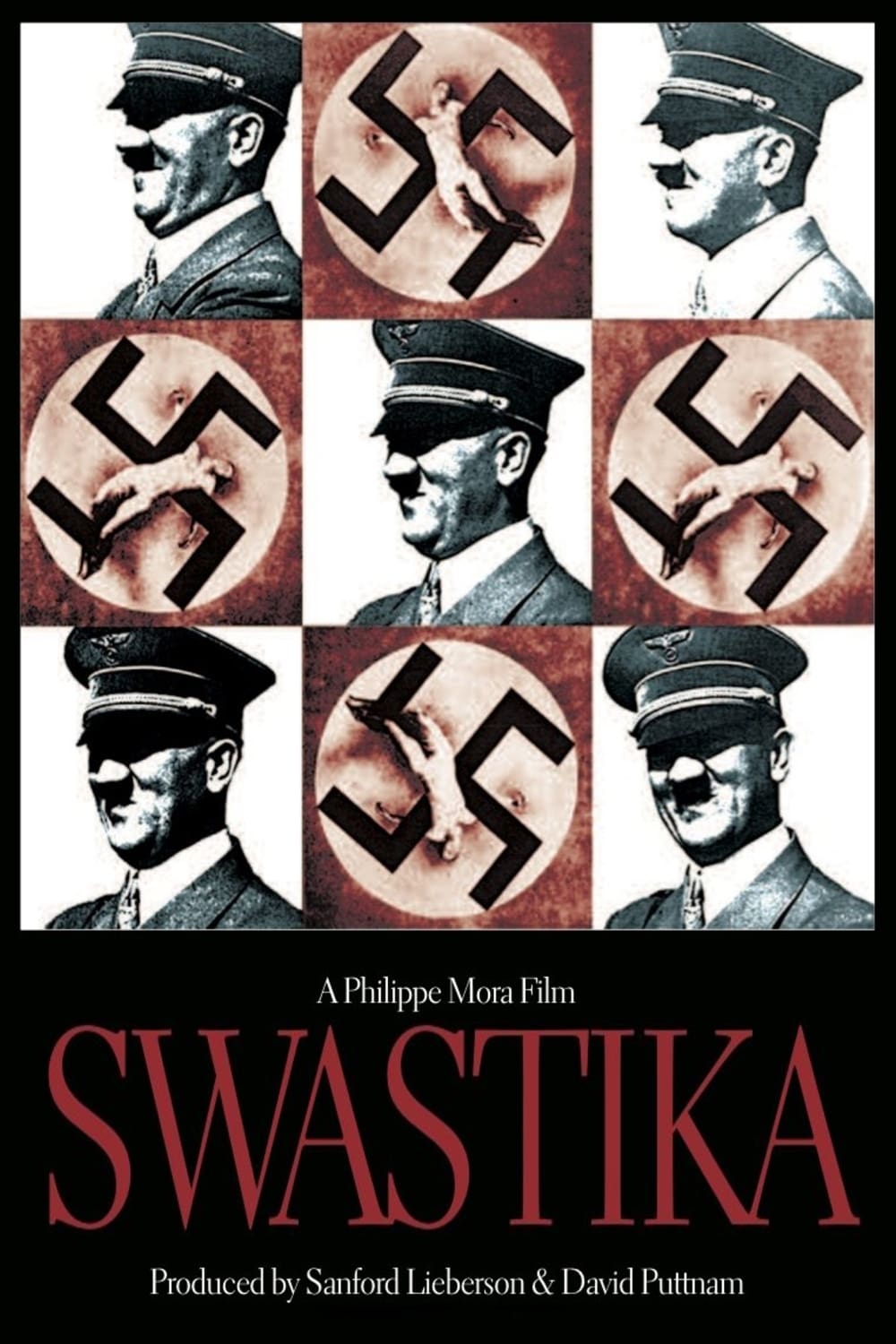Statues of Portugal
1931
0h 20m
0.0(0 votes)
Documentary
Overview
Launch of a competition, organized by the newspaper O Século, entitled Statues of Portugal.
Links & Resources
Social & External
Production Companies
Cast & Crew
3 members
Acting
Cooperação "girls" do Teatro Maria Victoria
Dancers
No Image
Acting
Ester do Monte
A estátua
No Image
Acting
Eugénio Santos
O ardina
No Image
Similar Movies
Recommended Movies

No Recommendations Yet
We're working on finding the perfect movies for you. Check back soon!
More movies coming soon
